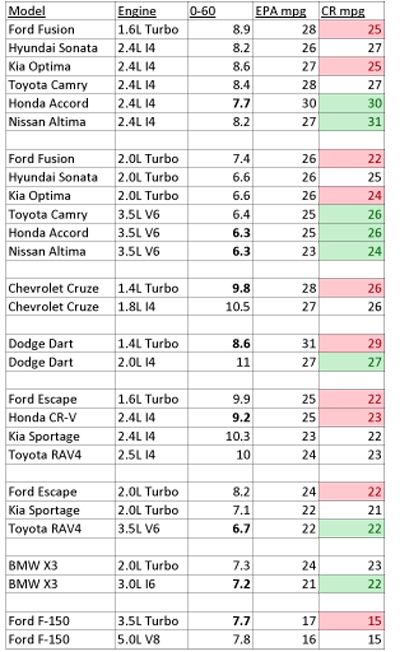Round 2 of the 3 cylinder in the US:
Round 1 brought us the Canadian (CAMI) Suzuki/Geo Metro, Subaru Justy and Daihatsu Charade.
The Geo Metro was a Geo Metro...'nuff said.
The Justy was the only inline Subaru I can think of in the US. Seemed like a pretty good little car with either a manual transmission with synchronizers made of wet toilet paper or a CVT that no one could maintain or repair. For a 3-banger, it was reasonably quick(if you can get it to shift) and could be equipped with AWD.
The Daihatsu Charade had a nice solid "thunk" when you closed the door and regular Toyota grade interior (which was pretty good at that time).....and it somehow managed to feel even slower than the Metro.
They sold a ton of Metros. Not so many Justies and Charades.
But nobody really wanted a fuel sipping triple.
Originally Posted By: LeakySeals
I walk through a huge parking lot with the dog every day. Almost every Ford I look at from mid 2k to present has a crystal clear tailpipe, like they are running on water. No carbon at all. No carbon, no oil burning. Wonder what they do different vs. others makes.
That continues to amaze me on my Duratec 30/MZI Mazda.

Round 1 brought us the Canadian (CAMI) Suzuki/Geo Metro, Subaru Justy and Daihatsu Charade.
The Geo Metro was a Geo Metro...'nuff said.
The Justy was the only inline Subaru I can think of in the US. Seemed like a pretty good little car with either a manual transmission with synchronizers made of wet toilet paper or a CVT that no one could maintain or repair. For a 3-banger, it was reasonably quick(if you can get it to shift) and could be equipped with AWD.
The Daihatsu Charade had a nice solid "thunk" when you closed the door and regular Toyota grade interior (which was pretty good at that time).....and it somehow managed to feel even slower than the Metro.
They sold a ton of Metros. Not so many Justies and Charades.
But nobody really wanted a fuel sipping triple.
Originally Posted By: LeakySeals
I walk through a huge parking lot with the dog every day. Almost every Ford I look at from mid 2k to present has a crystal clear tailpipe, like they are running on water. No carbon at all. No carbon, no oil burning. Wonder what they do different vs. others makes.
That continues to amaze me on my Duratec 30/MZI Mazda.




